#axe and sword
Explore tagged Tumblr posts
Text




1K notes
·
View notes
Text
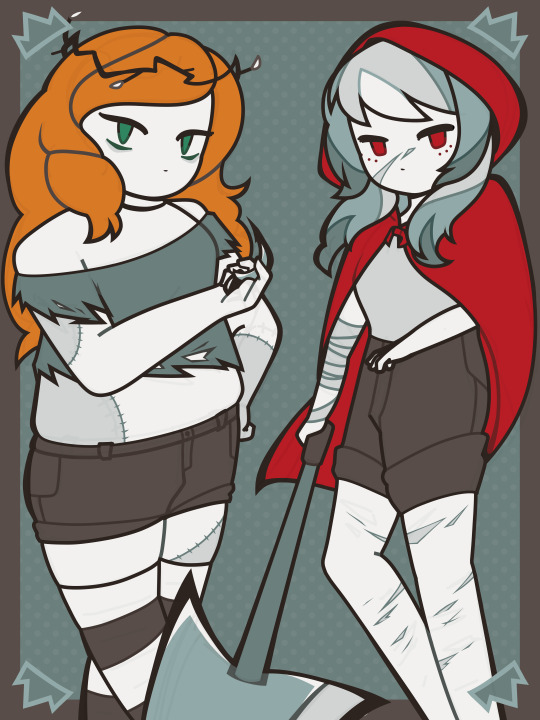
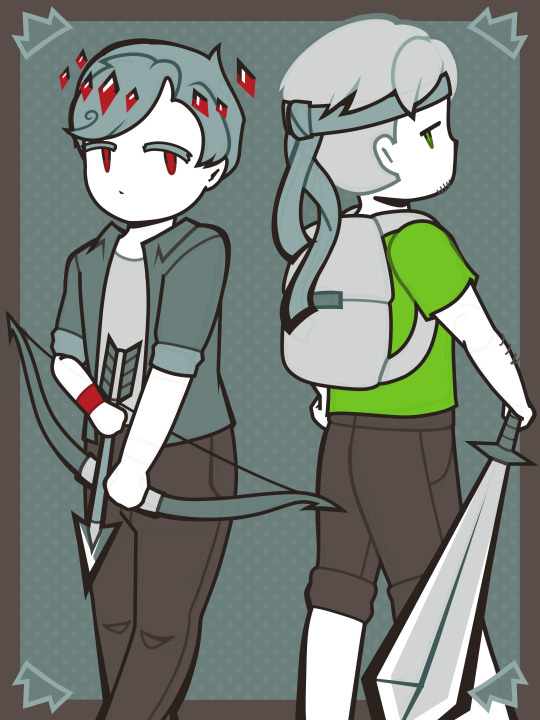
winner winner
#wild how all the divorce quadrant ppl won at least once#(i know its a little unclear but cleo is holding flint&steel. pearl w/ axe. scott w/ bow&arrow. martyn w/ sword)#i wanted to have them hold the weapons that they won with but cleo won with a sword and flint&steel worked better for her#given her whole burning motif. also two swords is lamer#art#fanart#zombiecleo#pearlescentmoon#scott smajor#smajor1995#inthelittlewood#trafficblr#life series#trafficblr spoilers
873 notes
·
View notes
Text

designed a bad kids themed upper back tattoo for a timeskip gorgug :') it's gold and kinda geometric to match the rest of his tattoos from the gold gardens ��️✨️
#fantasy high#bad kids#the bad kids#fantasy high fanart#dimension 20#dimension 20 fanart#d20 fanart#d20 fantasy high#adaine abernant#fig faeth#kristen applebees#gorgug thistlespring#fabian seacaster#riz gukgak#figueroth faeth#fabian aramais seacaster#dropout#dropout fanart#that's adaine's spellbook + oracle sword on the left and in the right it's riz's arquebus and sword of shadows#and the decorative element on the right that wraos around fabe's sword is supposed to evoke his battle sheet :)#yall i have an entire page and a half of axe designs for gorgug's gravity axe#i also! one of my fave things abt fig's bass that gets described but doesnt often get drawn#are the spikes that look decorstive but are for melee weapons lol. just funny to imagine her whacking ppl with those.#OH also the sparkles in fabe's sheet and the music notes in the design element behind fig's bass are to evoke bardic insp :)))#and i was thinking about ankarna with the big star not just cuz of her but also cuz of ragh's mom#(the star woiod be situated kind of over where her crystal was except on gorgug's back and smaller sized)#and then the star on top and the circle of stars behind the big star would be for cassandra#maybe the circle could also be a lil for galicaea too. i was thinking abt kristen's newly forming pantheon#but i don't think gorgug would think that hard abt it and it's like. fun happenstance for him abt the more bg stuff.#to him the important thing is the weapons. i imagine the bg stuff is all artist interpretation of the main stuff from gorg
452 notes
·
View notes
Text

Haleth of the Haladin, the woman you are.
#tolkien#silm#silmarillion#haleth of the haladin#haleth#the silmarillion#tolkien art#my art#I wanted to put together a haleth that matched my idea of her#Honestly I wish I went with more greens to match the sigil of the Haladin#But I will have to suffice myself with the stars and amber#The spear she has is specifically a boar spear- and in my mind the sword was probably a gift#The Haladin would have more likely used axes#To me. She is short. And proud. And stubborn. And strong beyond belief emotionally#I also am obsessed with my own head canon that eowyn would be a haleth fan girl and I love seeing eowyn with braids#So please consider eowyn braiding her hair like haleth#I think practicality was the name here#as well as woman hot
422 notes
·
View notes
Text
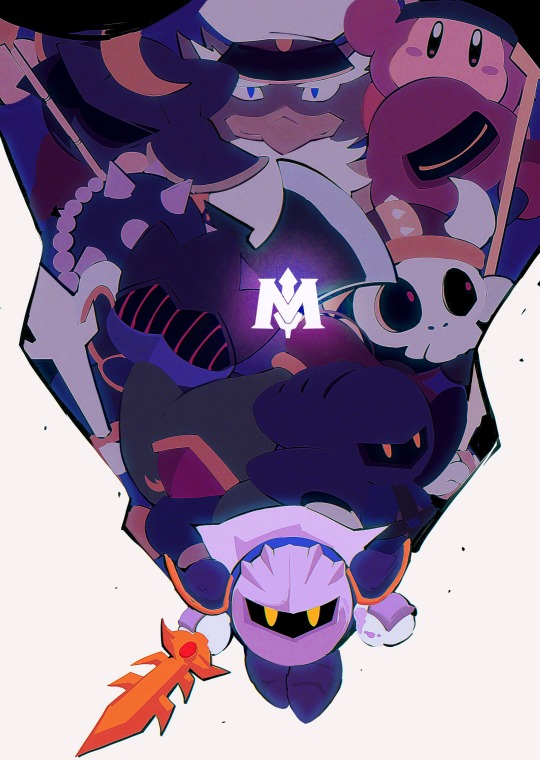
ALL
#kirby#kirby fanart#meta knight#meta knights#axe knight#javelin knight#mace knight#trident knight#blade knight#sword knight#sailor waddle dee#Meta-Knights#93/art
976 notes
·
View notes
Text


Knights and knights, and more knights... and sailor waddle dee :)
#my art#kirby#kirby super star#kirby super star ultra#meta knight#meta knights#sailor waddle dee#mace knight#trident knight#javelin knight#axe knight#there are so many#blade knight#sword knight#okay now I'm done#it doesn't feel like a word anymore#meta-knights
2K notes
·
View notes
Text

Enneke taking a rest in a battle axe after a fierce fighting.
So ended the fourth of the Dragon Wars, after many years of strife, and there was relief and hope for a time in the courts and hearts of Pokemon. And the hosts and knights of the fairy kindred marched under flowers and song to where they had departed so long ago. The Dragons and their heretical servants were scattered across the lands and their machines torn down, but their dark allies and Demons were not completely destroyed. Many of the Dragons repented and returned to the guidance of the gods and their servants, yet also still remembered their enemies in their hearts. The dark tunnels beneath the island of Skir were filled and the gates sealed, but deep under the earth the caverns still remain as a harbour of evil. Some remained to watch over the island, but none settled there for the dread of war clung to the soil, and because the burning mountain that stood high over the island and the former green meadows of the Emerald Hills were blackened with ash. Countless Pokemon of the Fairy kind and many other kin and Dragons who were their allies perished in the battles and the crossing of the sea. The high king of the Riverland was no more, and his realm would not find peace until long after. Those who had joined the host of the Fairies in search of glory and honour now departed in sorrow, and once more the kindred of Pokemon grew estranged.
#pokemon#pokemon mystery dungeon#art#fantasy#fantasy art#character#pmd#character art#dewott#sword#axe#backstory#lore#oc lore
359 notes
·
View notes
Text
Aragorn said, "You have my sword."
Legolas said, "You have my bow."
Gimli said, "You have my axe."
Gandalf didn't say, "You have my staff," because it's Gandalf, not his staff, that's powerful, and besides, I think it was pretty well established for the Hobbits by now that Gandalf was on their side.
But what did Boromir offer? He was, in a way, the odd one out. He was new to this whole Hobbit thing. He struggled to grasp the reason for this whole mission. Some may have been unsure at first if he was really dedicated. They may accuse him of being less noble than Aragorn, Legolas, and Gimli, especially because he briefly fell to the Ring's influence.
But when all was said and done, what Boromir offered was the most touching. No, he didn't offer his sword or his shield or even the horn of Gondor. But in the end, in the moments that counted, even though Frodo wasn't there to see or hear it, Boromir's deeds declared:
"You have my life."
#aaahhh I'm crying and sobbing inside#I will defend Boromir to my last day#LOTR#lord of the rings#lotr fandom#boromir#lotr boromir#aragorn#lotr aragorn#legolas#lotr legolas#gimli#lotr gimli#lotr gandalf#jrr tolkien#jrrt#hobbit#middle earth#you have my sword#you have my bow#and my axe
372 notes
·
View notes
Text

trap sprung
#trap#dungeon crawl#osr#ttrpg art#rpg art#swinging axe#pendulum axe#sword and sorcery#low fantasy#fantasy art#deathtrap dungeon#dungeon trap
156 notes
·
View notes
Text








Alternative ideas for Ratchets weapon form ^^
Megatron was going to be a gun like from g1 but absolute Wonder Woman inspired me to make him a big sword instead
#if drift was the weapon instead he’d be a sword and if Optimus was a weapon he’d be a big axe#D16 would be just a smaller sword and I think he and pax would be hilarious#transformers#transformers skybound#optimus prime#orion pax#d 16#megatron#soul eater au#tf mtmte#mtmte#transformers mtmte#lost light#idw drift#drift#ratchet
264 notes
·
View notes
Text


Happy 32ND Birthday Meta knight!!!
#meta knight#meta knight fanart#fanart#kirby#axe knight#sailor dee#captain vul#mace knight#trident knight#javelin knight#sword knight#blade knight#my artwork
123 notes
·
View notes
Text

"My knife you see... is coated in poison. The smallest cut can be fatal. Take care. My knife... has quite a burn...Oh...Er.. I shouldn't have licked it." - The Hero Yoshihiko and the Devil King's Castle
Happy Faire Friday, my friends!
Wishing all my sword sisters and battle brothers a fantastic weekend filled with friends, laughter, and shenanigans.
Take care of yourselves and those around you.
Best!
With Rae, Liv F.H, & Alexis. :)
#faire friday#renn faire#renaissance faire#viking#shield maidens#you have my axe#sword#spear#fun with friends#knights of loreamour#archer inventive
389 notes
·
View notes
Text

His friends encouraged him to pose for a street artist. Like, go show off yourself, hero! He stands there, embarrassed. Trying to pose :)))
I've made sooooo many cool pictures with Caleb and swords, you'll be blown away! There are three posts, and each one has a context! Yapi!! :D
In the next three days, expect pictures under the title "Caleb with a sword" because Hikka planned to do those for months =3=
225 notes
·
View notes
Text
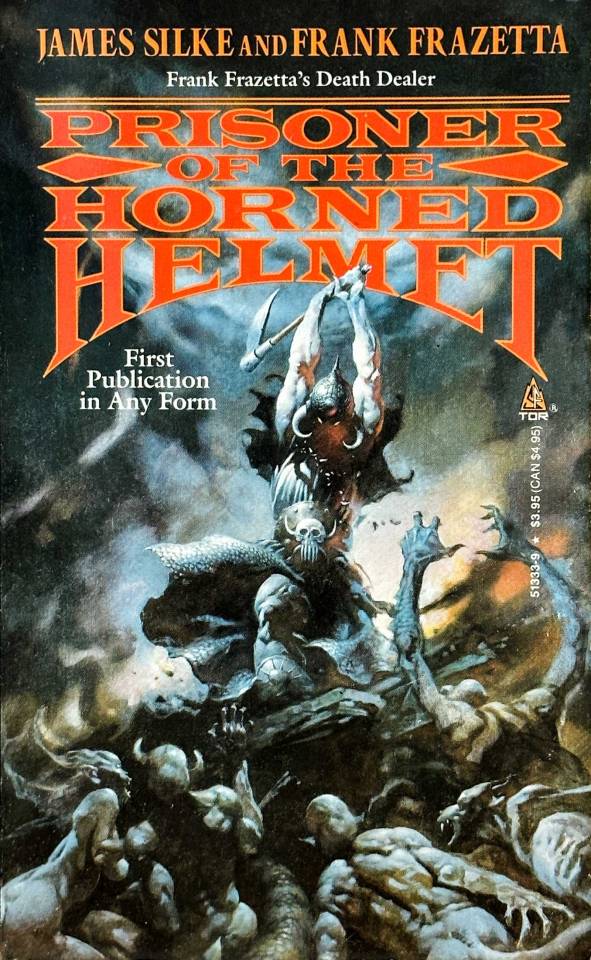
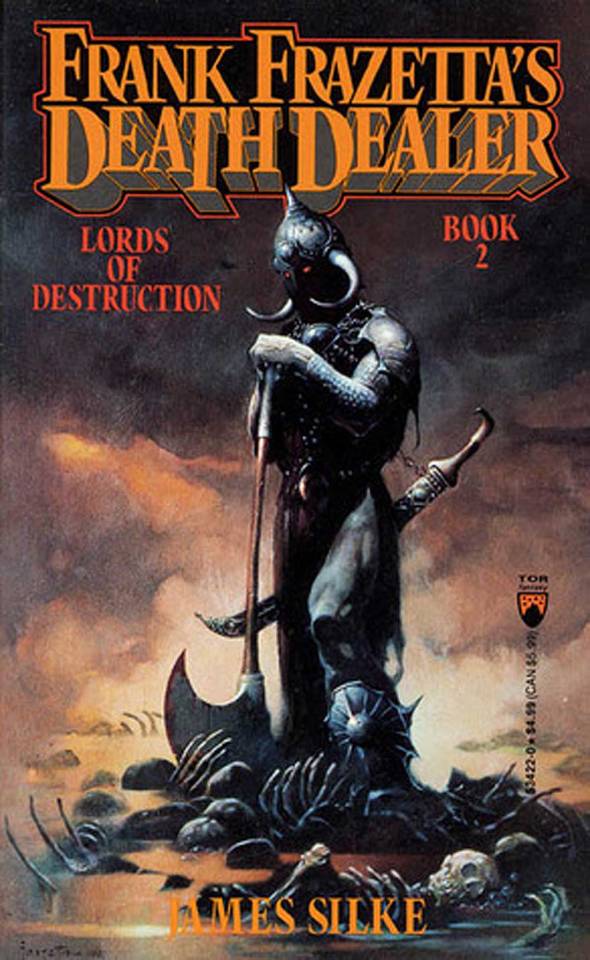


Frank Frazetta's Death Dealer novels by James Silke, Tor Books
Prisoner of the Horned Helmet (1988)
Lords of Destruction (1989)
Tooth and Claw (1989)
Plague of Knives (1990)
#Frazetta#Frank Frazetta#Death Dealer#James Silke#fantasy#fantasy art#1980s#Tor Books#@torbooks#fantasy novels#horned helmet#battle axe#sword & sorcery#Prisoner of the Horned Helmet#Lords of Destruction#Tooth and Claw#Plague of Knives
531 notes
·
View notes
Text

~ Happy Birthday Meta Knight <3🫐🗡️🦇
happy birthday to the best blueberry drew him with the meta-knights as well hehe :>💫🌟
#my art#sydney’s art#kirby#meta knight#kirby fanart#digital art#kirby right back at ya#kirby and the forgotten land#artists on tumblr#kirby superstar#kirby super star ultra#rainbow dee#sailor dee#sword knight#axe knight#mace knight#javelin#captain vul#trident knight#星のカービィ#メタナイト#カービィ#blade knight
67 notes
·
View notes
Text

BUG KNIGHTS part 5
Blog : http://oliviersilven.blogspot.com/2025/01/bug-knights-part-5.html
Sketch+Cintiq+Photoshop. TUMBLR: http://oliviersilven.tumblr.com/ All Artwork Copyright Olivier SILVEN.
#olivier#silven#illustration#drawing#digital illustration#character design#sketch#character#dessin#insect#bug#knight#moth#grasshopper#bugs#sword#axe
84 notes
·
View notes